Coral reefs are vital to marine ecosystems, providing habitat and protection for countless species. Some corals are incredibly rare and face numerous threats. Let’s explore some of the rarest coral species, understanding their unique characteristics, rarity, and habitats.
Staghorn Coral (Acropora cervicornis)
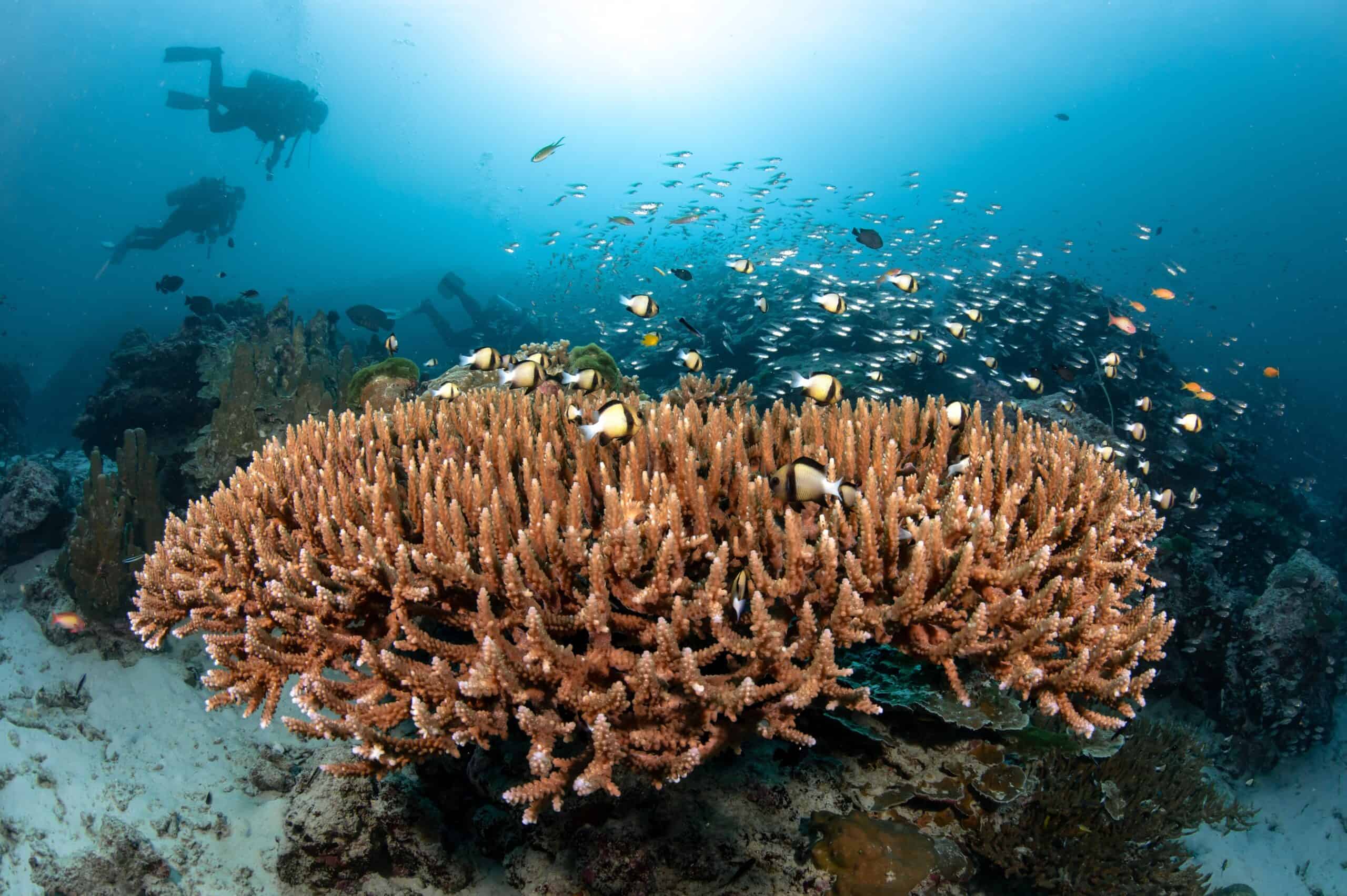
Staghorn Coral boasts slender, branching structures that can grow up to 2 meters in height and 4 meters across. Typically, this coral is yellow-brown with white tips, adding a striking element to reef landscapes. This species forms dense thickets in shallow seas with high wave action in the Caribbean, providing habitats for many marine creatures. Once abundant, Staghorn Coral has become critically endangered due to disease, climate change, and human activities. Its rarity has increased over the past few decades, with populations declining by over 80% since the 1980s.
Elkhorn Coral (Acropora palmata)
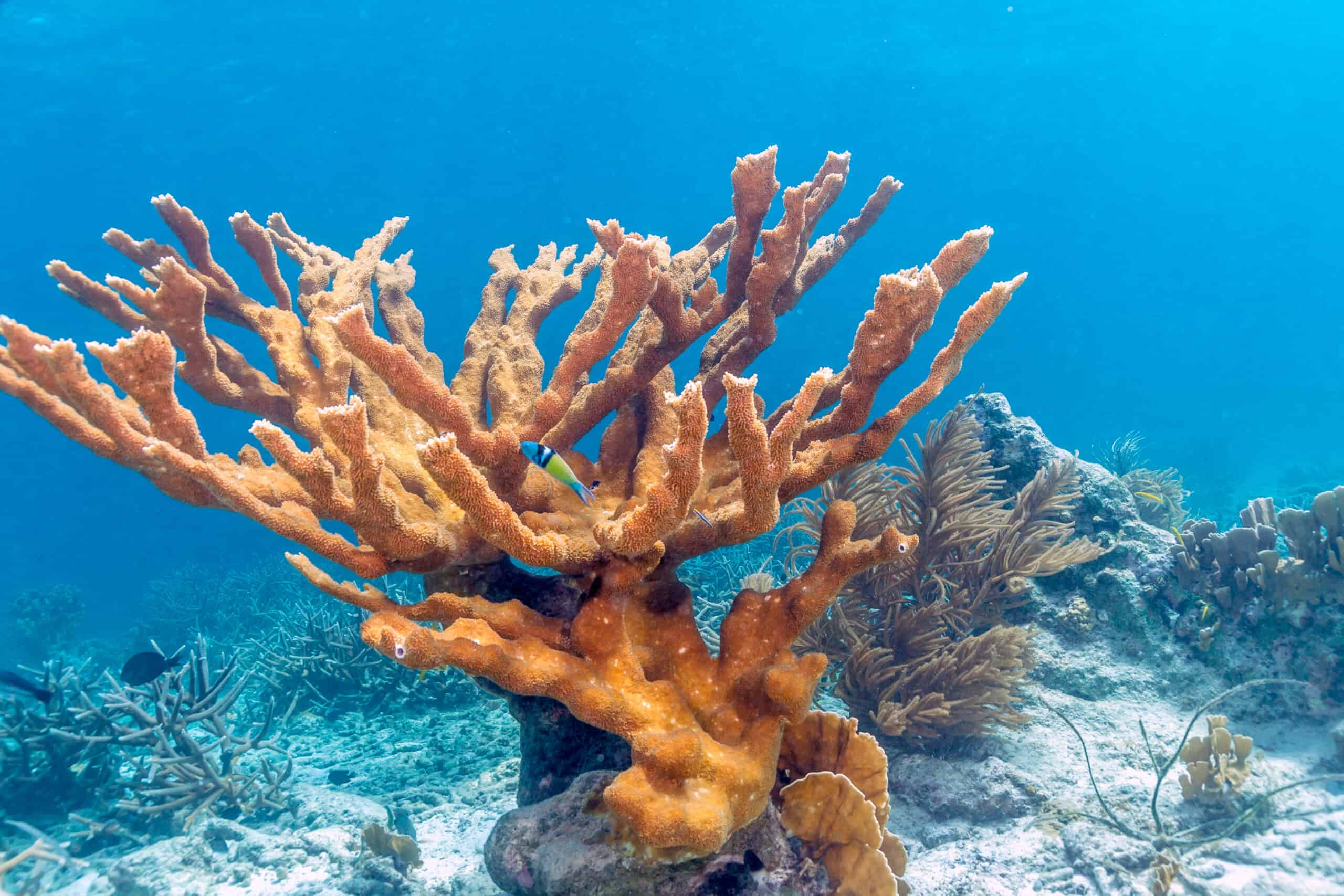
Elkhorn Coral is known for its broad, flattened branches that resemble the antlers of an elk. This coral species typically displays a golden-brown hue, contributing significantly to the structural complexity of coral reefs. It primarily inhabits shallow reef environments in the Caribbean and the Gulf of Mexico, preferring areas with robust water movement. Disease, climate change, and storm damage have reduced this species by 95% since the 1970s. The rarity of Elkhorn Coral underscores the importance of reef restoration projects and protective measures to ensure its survival and recovery in the wild.
Pillar Coral (Dendrogyra cylindrus)
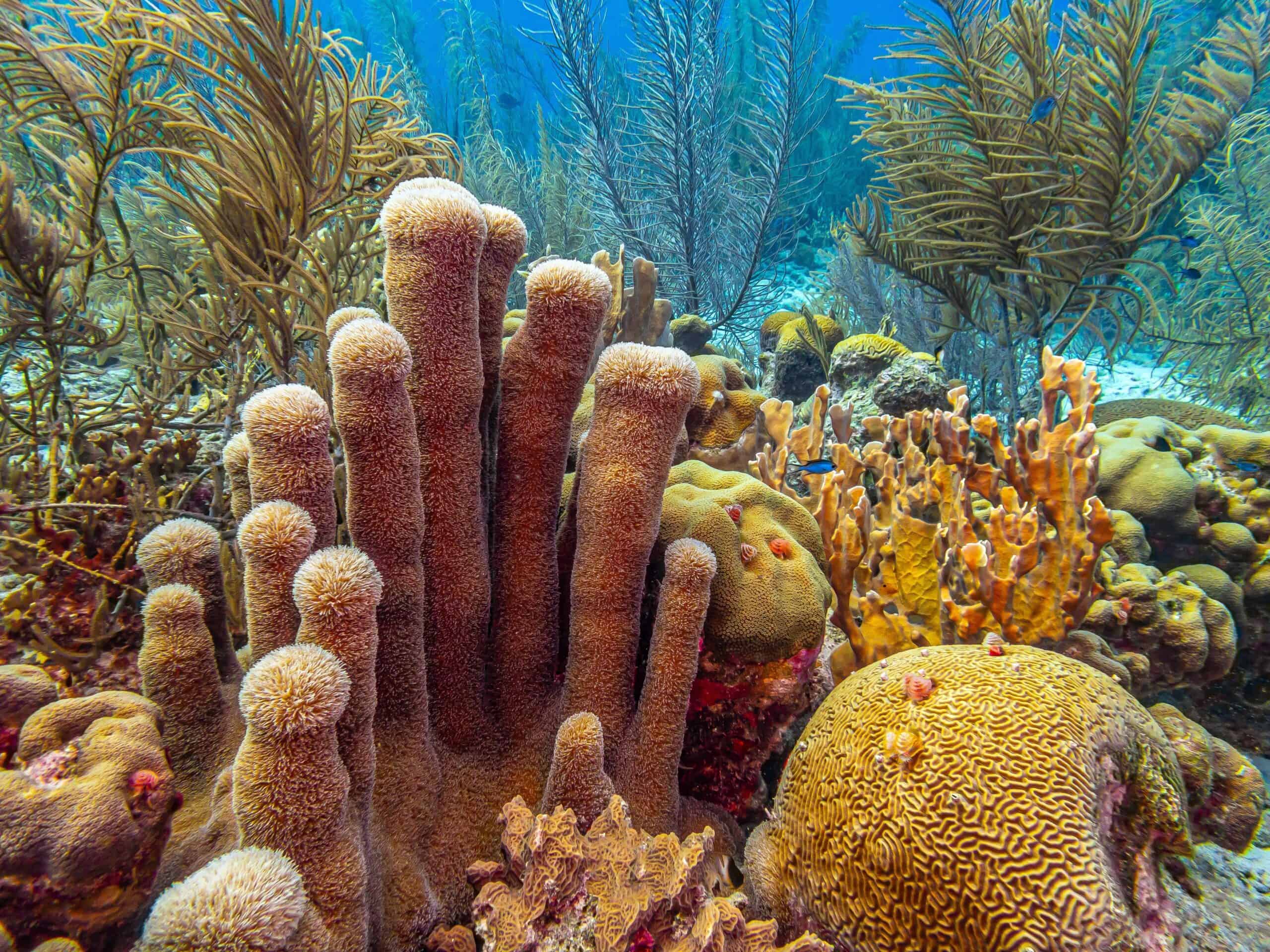
Pillar Coral stands out with its tall, cylindrical columns that can reach up to 3 meters in height. These corals exhibit a pale brown to golden color, often with white polyps extending during the day. Found in the western Atlantic, Pillar Coral prefers depths of 5 to 20 meters and is most commonly seen off the coasts of Florida and throughout the Caribbean. The rarity of Pillar Coral stems from its vulnerability to coral bleaching, disease, and physical damage. It is currently listed as a vulnerable species, with populations experiencing significant declines.
Dendrophyllia Coral (Dendrophyllia spp.)
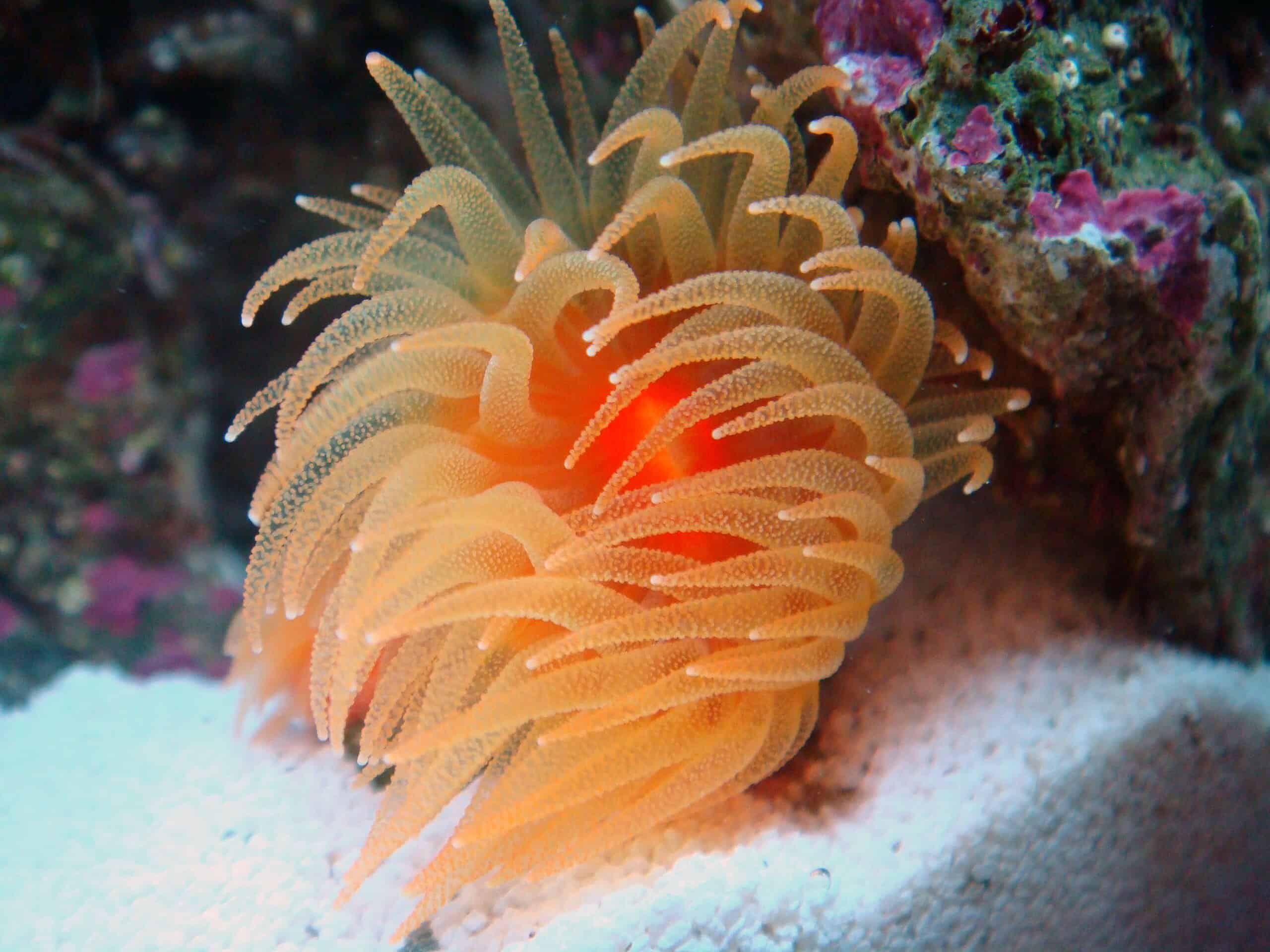
Dendrophyllia Coral encompasses several species known for their bright yellow to orange polyps and intricate, branching structures. These corals typically inhabit deeper waters, ranging from 20 to 100 meters, and are found in the Mediterranean Sea, Atlantic Ocean, and parts of the Indo-Pacific region. The rarity of Dendrophyllia Coral is attributed to its deep-water habitat, making it less studied and more susceptible to the impacts of deep-sea fishing and climate change. Regulating fishing and avoiding deep-sea disturbances helps preserve these corals in marine ecosystems.
Lettuce Coral (Agaricia tenuifolia)
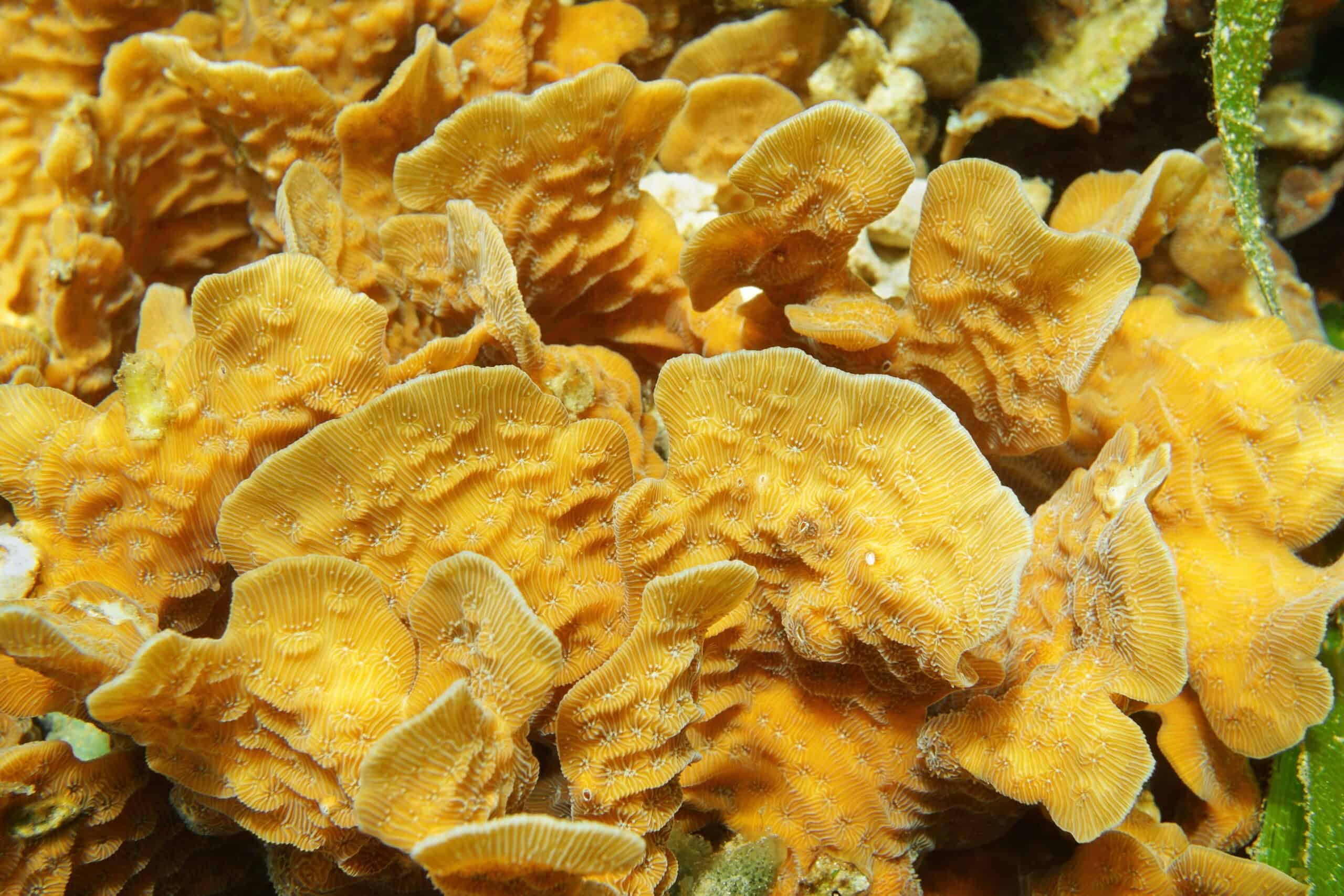
Lettuce Coral, named for its resemblance to lettuce leaves, boasts thin, leafy plates that overlap in intricate patterns. These plates are usually yellow-brown or greenish, contributing to its unique aesthetic. This coral species is moderately rare and often found in the Caribbean Sea. It prefers shallow, calm waters where it can absorb sunlight effectively. Unfortunately, it faces threats from coral bleaching and coastal development, which reduce its population.
Bird’s Nest Coral (Seriatopora hystrix)
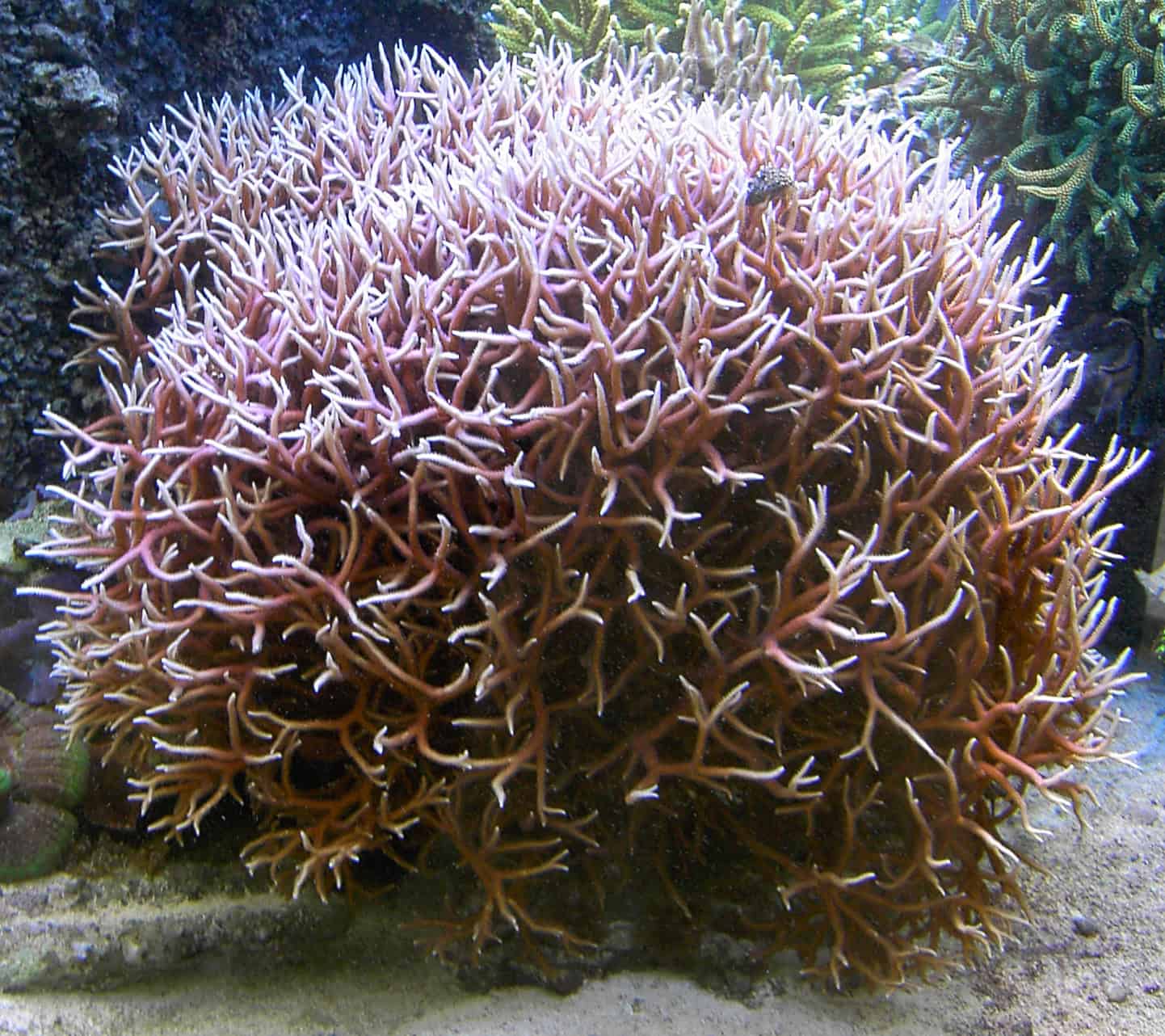
Bird’s Nest Coral features delicate, thin branches that form intricate, nest-like structures. Its colors range from pink and yellow to cream, adding vibrant hues to coral reefs. Although not the rarest, this coral species faces threats from ocean warming and pollution. It is typically found in the Indo-Pacific region, thriving in shallow, nutrient-rich waters. Conservation efforts are crucial to preserving its intricate beauty and ecological role.
Blue Coral (Heliopora coerulea)
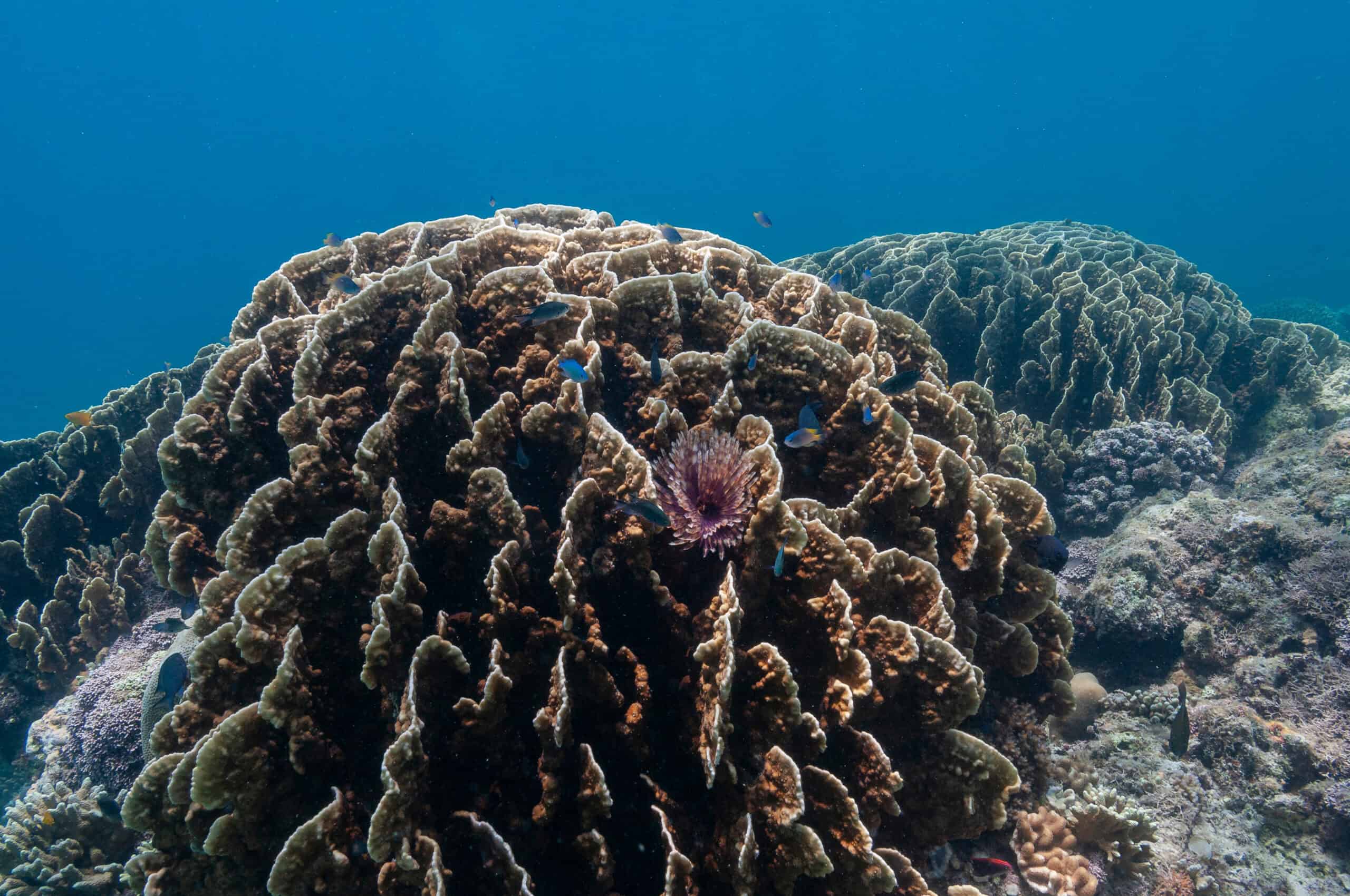
Blue Coral stands out with its striking blue-gray skeleton, a rare hue among corals. It has fan-like branches that provide shelter for various marine life. The surface is smooth, and the polyps are small and pale brown, giving it a textured look. This coral is considered one of the most ancient and unique species. Its rarity is heightened by its limited habitat range. Found primarily in the Indo-Pacific region, it thrives in shallow, sunlit waters. However, climate change and human activities threaten its existence.
Bubble Coral (Plerogyra sinuosa)
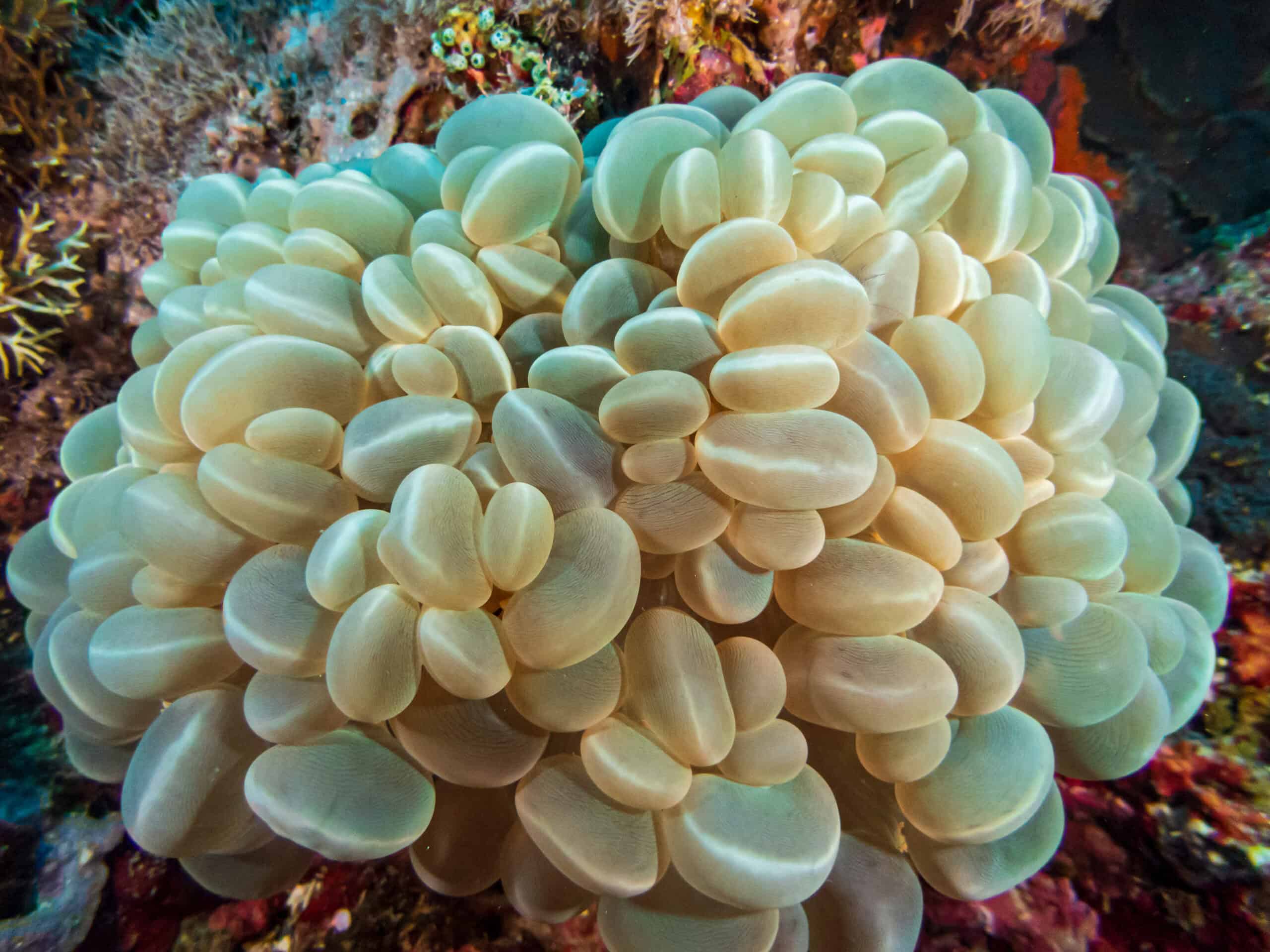
Bubble Coral captivates with its large, bubble-like polyps that can be white, green, or pink. These bubbles, which expand during the day and retract at night, make it easily recognizable. This coral is rare due to its specific habitat needs and slow growth rate. It inhabits sheltered reef slopes in the Indo-Pacific, from shallow to moderate depths. Human activities like aquarium trade and habitat destruction significantly impact its numbers.
Maze Coral (Meandrina meandrites)
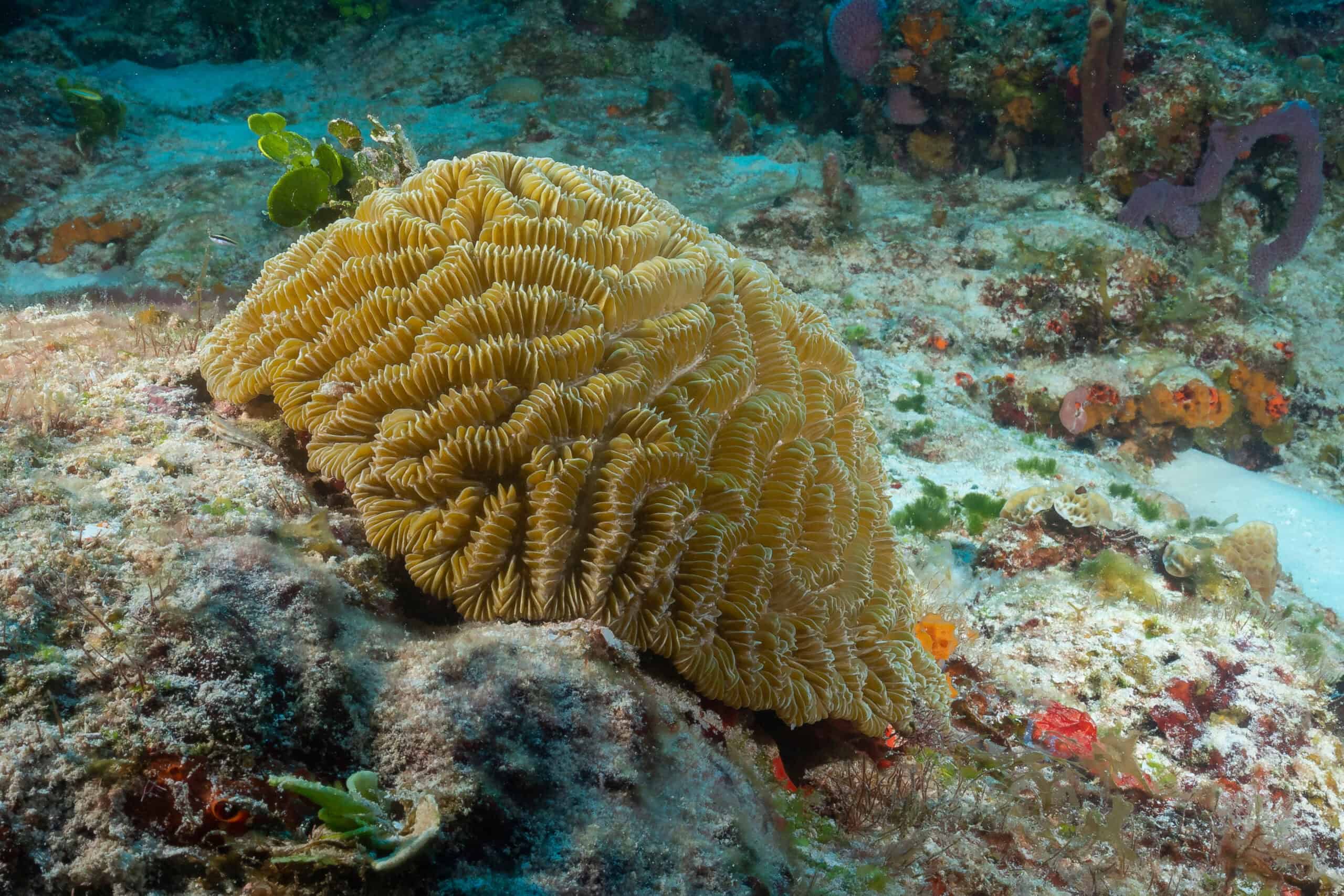
Maze Coral gets its name from the maze-like patterns on its surface. These ridges and valleys, typically green or brown, create a visually stunning appearance. This coral is relatively rare, primarily found in the western Atlantic Ocean and the Caribbean. It prefers deeper, clearer waters where light penetration is adequate. Its rarity is compounded by threats like coral disease and sedimentation, which hinder its growth and survival.
Red Coral (Corallium rubrum)
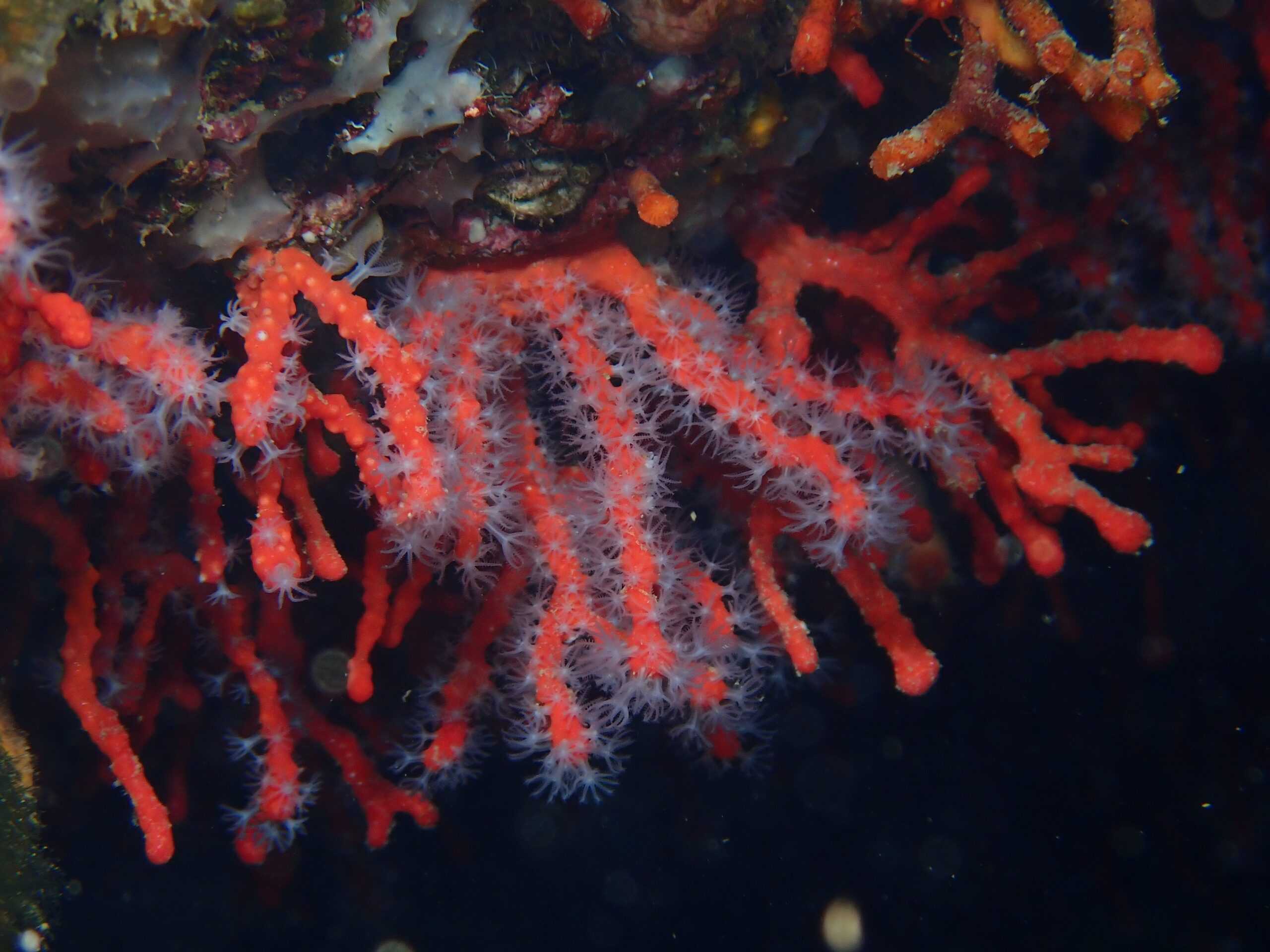
Red Coral, also known as precious coral, showcases vibrant red to pink hues. Its robust, hard skeleton is prized in jewelry making. The coral’s branches resemble delicate tree limbs, with smooth, glossy surfaces. This species is exceptionally rare. It primarily inhabits the Mediterranean Sea and parts of the Atlantic Ocean. Typically found at depths of 10 to 300 meters, Red Coral faces significant threats from over-harvesting. The combination of its beauty and limited distribution makes it one of the most sought-after corals.
This article originally appeared on Rarest.org.
More from Rarest.org
19 Coveted Coins That Every Collector Wants
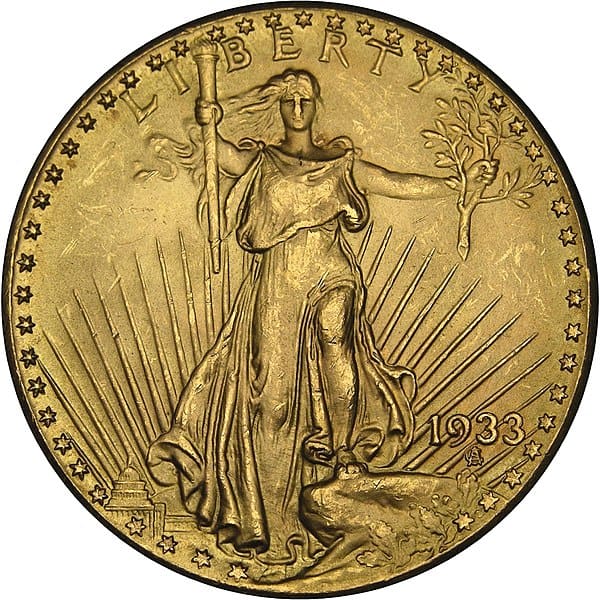
Coin collecting, known as numismatics, is a fascinating hobby that has captivated enthusiasts for centuries. Collectors are often drawn to the history, rarity, and unique stories behind each coin. Read More.
15 Cheese Varieties from Everyday to Most Exotic
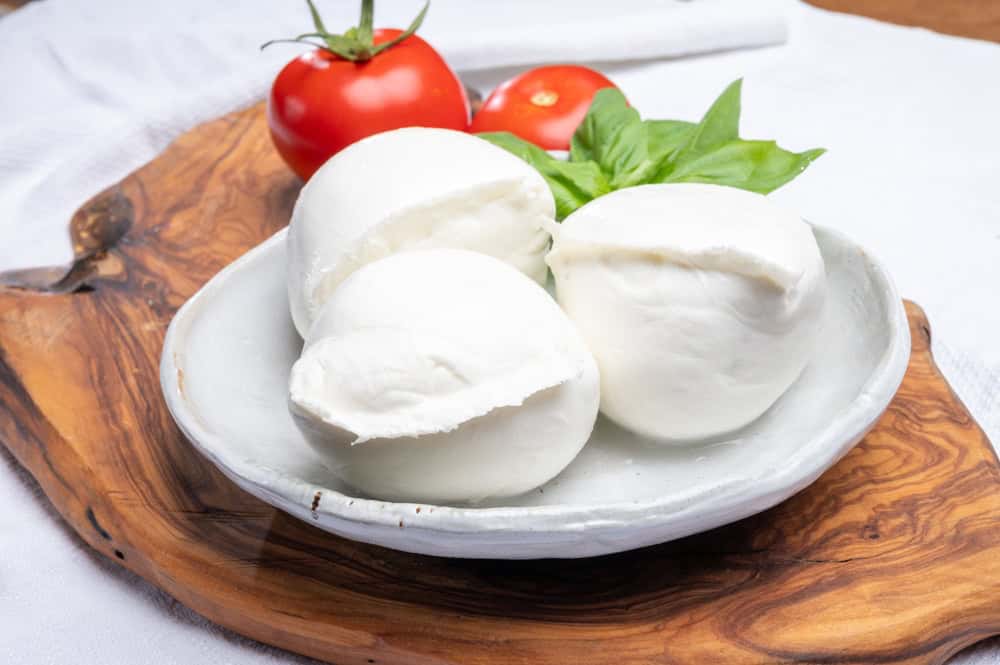
Cheese, a beloved dairy product, comes in many varieties. From everyday staples to exotic delicacies, each type offers unique flavors and textures. Read More.
The 20 Most Valuable Coins Ever Minted in the U.S.
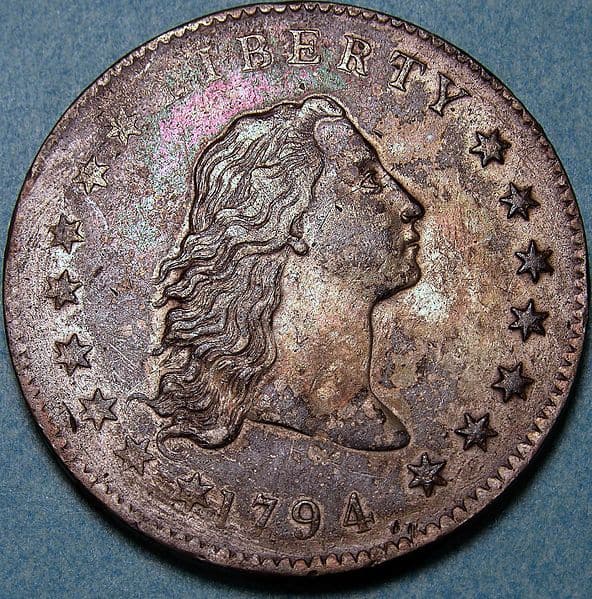
Collecting coins can be a fascinating journey through history, especially when it comes to the most valuable coins ever minted in the United States. Read More.
